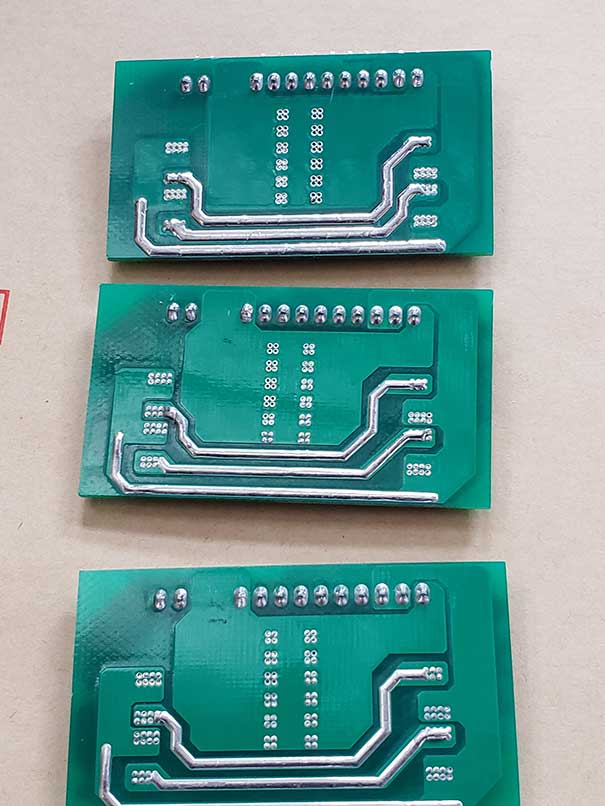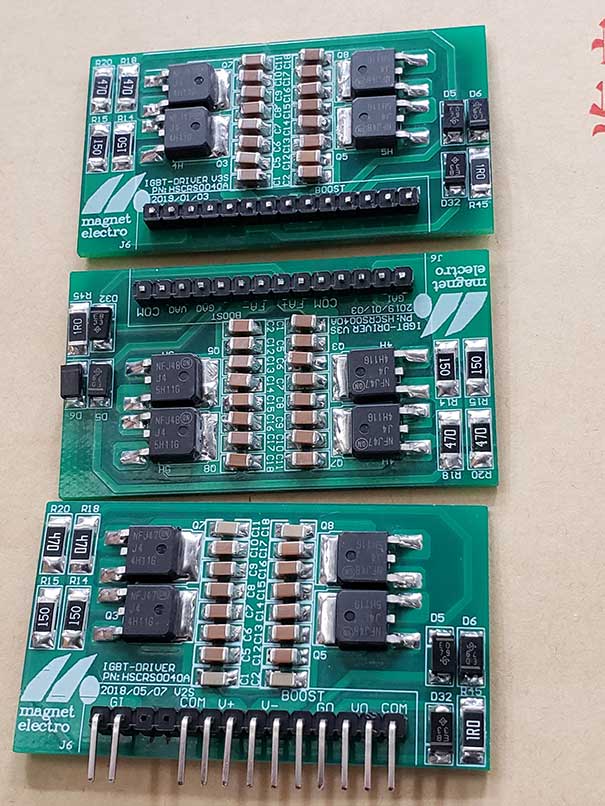Integrated circuit (IC) boards are widely used in the electronics industry and play a crucial role in modern technology. During the manufacturing process, various impurities such as oils, flux, and other contaminants can adhere to the IC boards, impacting their function and lifespan. Supercritical CO2 fluid cleaning is a promising method for removing these contaminants from IC boards. This article explores the effectiveness of supercritical CO2 fluid cleaning for IC boards.
How Supercritical CO2 Fluid Cleaning Works
Supercritical CO2 fluid cleaning is a non-destructive and environmentally friendly method for removing impurities from surfaces. In this method, CO2 is pressurized above its critical point and then used to dissolve and remove contaminants from surfaces. The high-density fluid can easily penetrate into small spaces and remove contaminants from the surface, leaving no residue.
The process is particularly effective for removing oils and flux from IC boards, which are commonly used during the manufacturing process. Supercritical CO2 fluid cleaning is also a safer and more environmentally friendly alternative to traditional solvent-based cleaning methods.
Experimental Results
To investigate the effectiveness of supercritical CO2 fluid cleaning for IC boards, a series of experiments were performed. IC boards were contaminated with various impurities such as oils, flux, and particles, and then cleaned using supercritical CO2 fluid cleaning. The cleanliness of the boards was evaluated using scanning electron microscopy (SEM) and X-ray photoelectron spectroscopy (XPS).
The results showed that supercritical CO2 fluid cleaning was highly effective for removing oils and flux from IC boards. The cleanliness level was significantly improved, and the SEM and XPS analysis showed no remaining impurities. Moreover, supercritical CO2 fluid cleaning does not damage the surface of the IC board, which is crucial for maintaining the functionality of the IC board.
Comparison with Traditional Cleaning Methods
Traditional cleaning methods for IC boards involve the use of solvents such as chlorofluorocarbons (CFCs) and hydrochlorofluorocarbons (HCFCs). These solvents are known to be harmful to the environment and human health due to their ozone-depleting properties. Additionally, inert gasses such as nitrogen and argon are often used to clean IC boards, but these methods are less effective than supercritical CO2 fluid cleaning.
Supercritical CO2 fluid cleaning is a safer and more effective alternative to traditional cleaning methods. The method is non-destructive, environmentally friendly, and can effectively remove impurities from IC boards without damaging the surface.
Conclusion
Overall, supercritical CO2 fluid cleaning is a promising method for removing impurities from IC boards. It is highly effective for removing oils and flux and does not damage the surface of the board. Supercritical CO2 fluid cleaning is also a safer and more environmentally friendly alternative to traditional cleaning methods. The method can be implemented in IC board manufacturing processes to improve the quality and functionality of the final product.
Table 1: Comparison of Super critical CO2 Fluid Cleaning vs Solvent Cleaning
| Cleaning Method | Effectiveness | Environmental Impact | Surface Damage |
|---|---|---|---|
| Supercritical CO2 Fluid Cleaning | Highly Effective | Environmentally friendly | Non-destructive |
| Solvent Cleaning | Variable Effectiveness | Harmful to Environment and Health | Potentially Destructive |
Benefits of Supercritical CO2 Fluid Cleaning for IC Boards
- High effectiveness for removing oils and flux
- Environmentally friendly and safe for human health
- Non-destructive and does not damage the surface of the board
- Can be implemented in manufacturing processes for improved product quality
- More effective than traditional cleaning methods
In conclusion, supercritical CO2 fluid cleaning is a promising method for removing impurities from IC boards. It offers several advantages over traditional cleaning methods, including higher effectiveness, improved environmental impact, and non-destructive surface cleaning. It can potentially be implemented in various industries to improve the functionality and quality of their products.
SCF cleaning integrated circuit board process parameters
Laboratory equipment:L-05
Cleaning pressure: <10 MPa
Separation pressure: 6 MPa
Cleaning time: <90 min
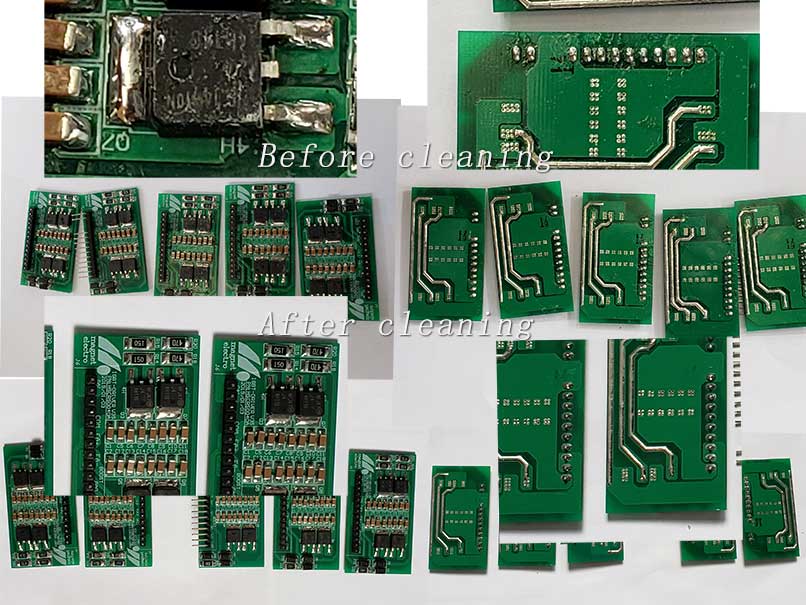
This is an experiment, on July 1, 2020.
At the request of Taiwan Songhao Electromechanical Company, we carried out the IC board cleaning test.
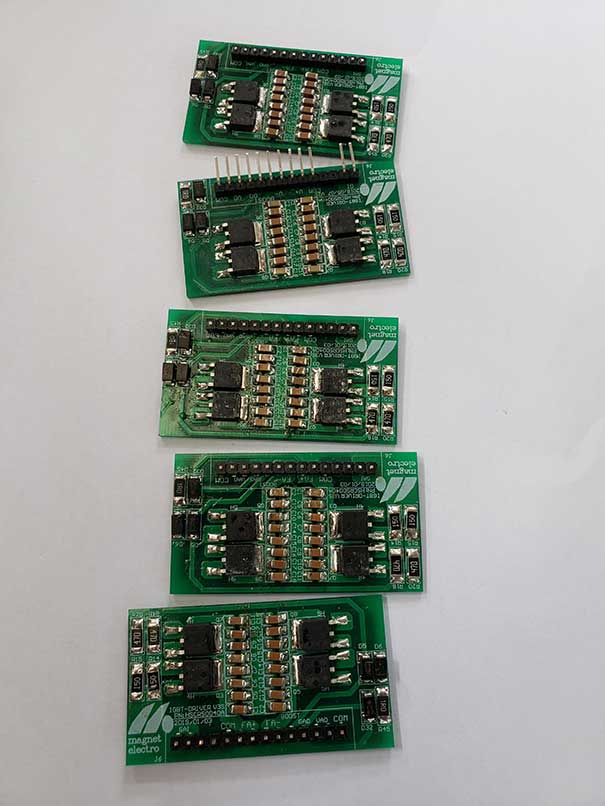
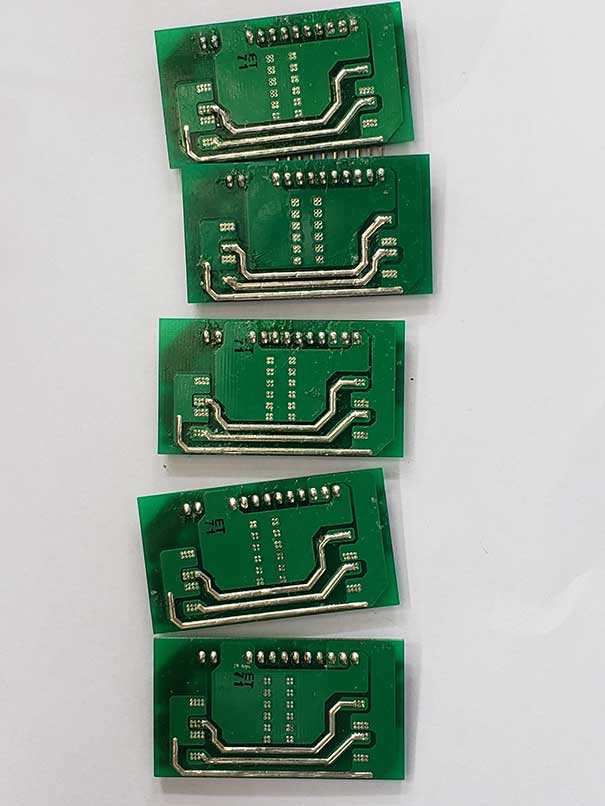
The samples are 5 pieces of circuit boards that have been cut. From the photos, we can find that the soldering aid is very obvious and difficult to remove by conventional methods.
Parameters in the first test
Number of cleaning pieces: 2 pieces
Cleaning pressure: 15MPa.
CO2 flow rate: slightly
Cleaning time: 20 minutes
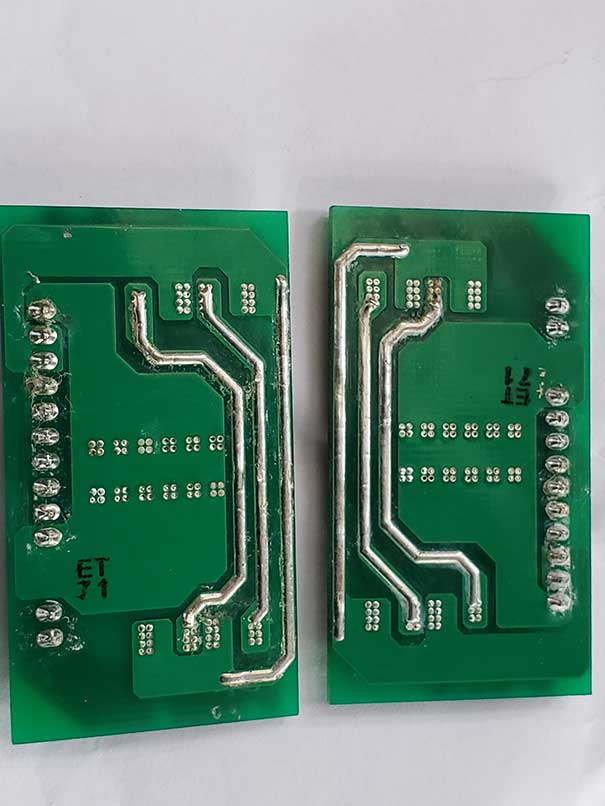
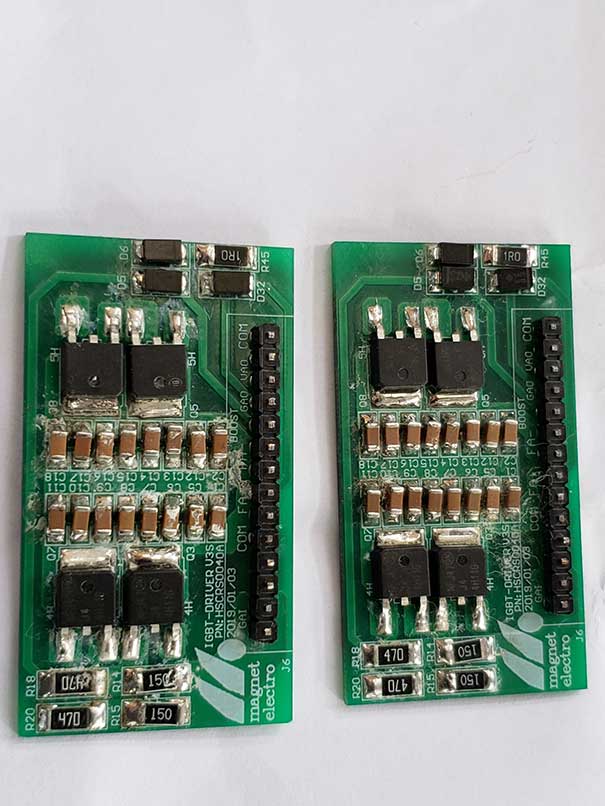
Cleaning result: good
Parameters in the first test
Number of cleaning pieces: 3 pieces
Cleaning pressure: 9MPa.
Other processes: slightly
CO2 flow rate: slightly
Cleaning time: 15 minutes
Cleaning result: very good
